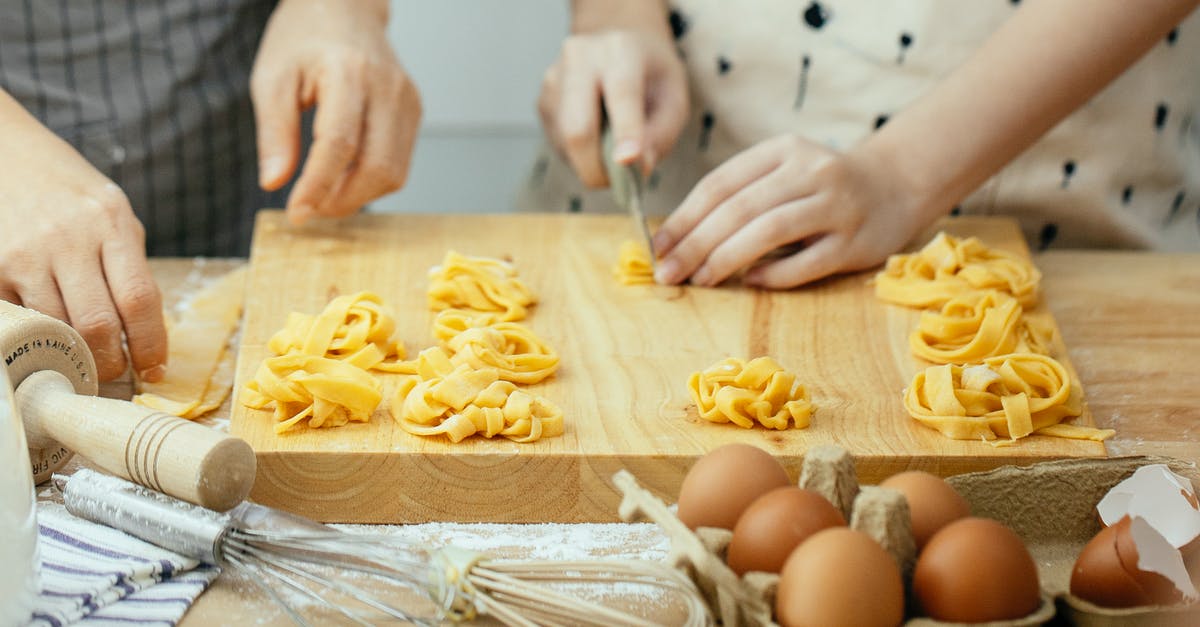Which cut makes cheapest goulash?

I found I like goulash very much, but the bang for the buck is rather poor - I don't get much made for the amount of meat used up.
I tried using different cuts; ham, neck, shoulder. The latter, shoulder cut of pork was one of the cheaper cuts that produced reasonable amounts of it - still, lots of water is drained from the meat as I fry it, and then reduced in the process of frying it before simmering and I ended up with less goulash than meat I used for making it...
In essence either I get a more expensive cut that doesn't lose much water when fried, or I get a cheaper cut that loses most water and I'm left with very little meat once it loses its water and the water is reduced.
I'm looking for inexpensive cut that is suitable for goulash and still retains good mass(volume) once fried/reduced, or is inexpensive enough that the loss of water doesn't matter. Can you suggest one?
EDIT: I realize Goulash is made very differently in different parts of the world. This creates some confusion here, so let me drop the recipe I use, which was passed by generations in the family.
- 0.5kg of any inexpensive meat cut. I tend to use shoulder, although most of varied types are fine - smooth, uniform (and usually expensive) cuts are less suitable. Filaments, veins of connective tissue etc in the meat are welcome.
- One big onion, or two smaller
- 2-4 bay leaves
- 4-6 grains of allspice
- 1tbsp paprika powder,
- salt and chilli to taste (keep on spicy side).
- ~1tbsp flour, ~1tbsp butter or other fat for roux.
You need either a deep frying pan or (IMO preferably) a common big pot; specifically no non-stick, nothing fancy - a rather worn is preferred as the preparation may leave nearly permanent but harmless stains, so if you keep your pots pristine, get one you don't. Probably cast iron would be perfect, but I don't have such one so can't confirm or deny it for sure.
Dice the meat. 2x2x2cm dice are sufficiently small, but the smaller the better. Pour minimal amount of oil in the pot and drop the meat in. Stir from time to time. The meat will release water soon and start simmering. Reduce that water till the meat starts frying. It should release a plenty of own fat too so no need to add more. Stirring from time to time fry both the meat and the sediment from the water that escaped from the meat till it's deep brown, bordering on burnt black (even getting a little of it completely burnt is acceptable). The meat may keep sticking to the pot; keep scrapping, scratching, this is perfectly right. Building a lot of deeply browned sediment on the pot is your goal.
If you have a good sense of timing with frying onions, you can add chopped onion to the meat and fry them together, but if your timing is off when adding it, the onion may end up anywhere between raw and burnt when the meat is just right. It's safer to brown it on a separate pan and add when the meat is right.
Pour water to cover the meat plus some more. Add bay leaves and allspice. Bring to simmer, and gently stir to dissolve as much of the sediment from the pot in the water as you can. Keep simmering for at least 3 hours; longer is better.
Add paprika, salt and chilli, simmer some more while preparing roux by frying flour with butter. No need for the true dark roux but get it a few shades of gold below light roux. To avoid clumping add a ladle or two of the goulash sauce to the roux, mix, then the mix it back into the pot. Simmer another 3 minutes.
Serve with mashed potatoes and salad, or in large potato pancakes folded in half, or just in a bowl, with bread to dip in the sauce.
Best Answer
I think that your problem doesn't come from using the wrong cut, but from using the wrong quality tier of meat.
The cheapest pork in the supermarket, no matter which cut, is produced from cheap mass-held pigs with a certain type of "lifestyle" - no movement opportunities, cheap feed, lots of antibiotica. It produces a certain kind of meat, known as PSE meat, which stands for "pale, soft, exudative". The last word means exactly what you describe: a meat which loses lots of water during cooking. So no, you cannot get more "bang for the buck" by changing the cut.
I still assume that you are getting a better price per gram cooked meat from buying cheap meat and cooking it down than from buying expensive meat which will lose less water, so I guess that, if price is the most important part for you, you shouldn't change anything.
Another word about quality: the S in PSE is also your enemy when making goulash. Generally, you want lots of collagen in goulash, and some fat for taste. PSE meat has almost none of them. The old idea that cheap meat is best for goulash comes from times where the difference in meat prices was based on the cut: a shoulder cost less than a filet, and that was it. Nowadays, this connection still holds for the same animal, but if you look at the different price tiers, the cheapest meat, especially in pork, is not at well suited for long and slow cooking methods. If you buy cheap meat, the best you can do with it is usually mini-steaks or schnitzel, heavily dressed to make up for the lack of taste.
Pictures about "Which cut makes cheapest goulash?"



4 Alternatives To Expensive Steak Cuts | Everyday Meat Guide Author Ray Venezia
Sources: Stack Exchange - This article follows the attribution requirements of Stack Exchange and is licensed under CC BY-SA 3.0.
Images: Karolina Grabowska, Ono Kosuki, Katerina Holmes, Katerina Holmes
